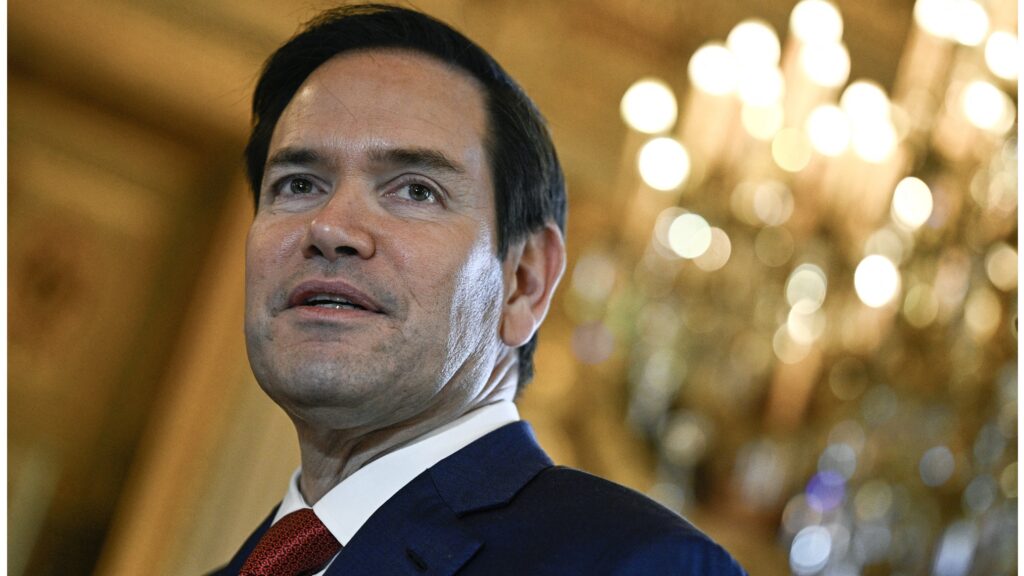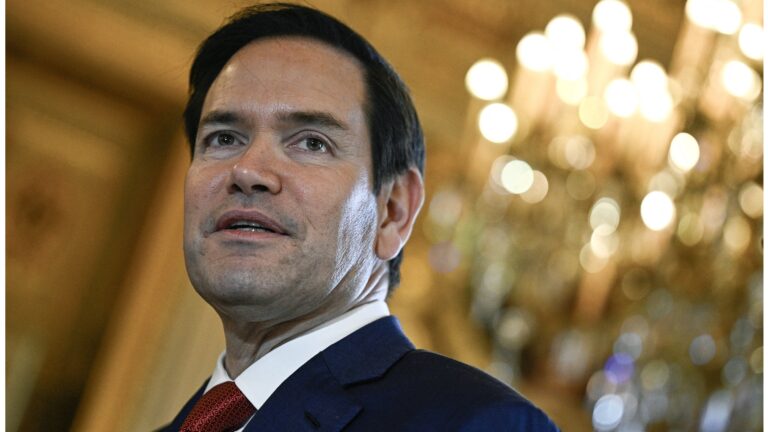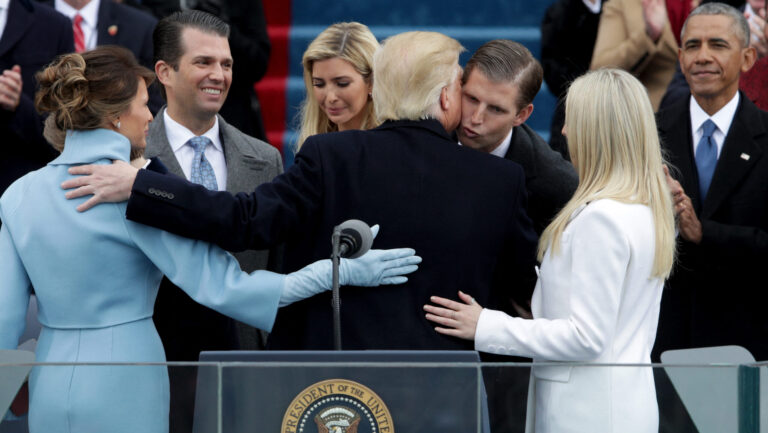2024 is an election year not only in several European countries and in the EU, but also in the United States—and the Iowa caucus, the traditional event to mark the beginning of the election season, has already happened. It came earlier than usual this year: four years ago, it was held in early February, while this time around, it took place in the middle of January, on Monday, 15 January.
Former President Donald Trump came into the Iowa caucus as a heavy favourite, and was able to materialize his massive lead in the polls.
Despite three other major candidates still in the running on the Republican side, he still got an overall majority of the vote, 51 per cent. Thus he clutched 20 out of the 40 delegates up for grabs in the Hawkeye State. Florida Governor Ron DeSantis, a former close ally to Donald Trump, came in second with 21.2 per cent of the vote, which netted him 8 delegates; while Former South Carolina Governor Nikki Haley got third place with 19.1 per cent and 7 delegates. Businessman Vivek Ramaswamy, the only other candidate with substantial support, finished fourth with 7.7 per cent (3 delegates).
In his victory speech, President Trump told the cheering audience: ‘I really think this time now for everybody, our country to come together. We want to come together, whether it is Republican or Democrat, or liberal or conservative.’
He then went on to congratulate all other Republican candidates in the race, and called them ‘very smart people, very capable people’. He also vowed to ‘seal up the border’ to stop the ‘invasion’ of illegal immigrants, as well as promising massive deportation efforts the country had not seen ‘since Dwight Eisenhower,’ if he were to win a second term in office. Another agenda point he emphasized for his potential second term was the ramping up of the United States’ domestic energy production, to which he gave the slogan ‘drill, baby, drill’.
Donald Trump gives victory speech after winning Iowa caucus.
Donald Trump gives victory speech after winning Iowa caucus. READ MORE: https://thenationaldesk.com/news/americas-news-now/iowas-republican-gop-caucuses-1st-voting-2024-presidential-race-former-donald-trump-nikki-haley-ron-desantis-vivek-ramaswamy-des-moines#
Helmut Norpoth’s Primary Election Model
Winning big in the primaries for an out-of-office presidential candidate is a better omen than a casual political observer might think.
Helmut Norpoth, a professor of political science at Stony Brook University, built a model entirely based on primary election results that was remarkably accurate—up until the 2020 election. It was first used in 1996, but was also backtested as early as when primary elections and caucuses were first held in the US, in 1912. Out of the 28 elections it was applied to, it only missed three: 1960, when Democrat John F. Kennedy narrowly beat Republican Richard Nixon; 2000, when Republican George W. Bush beat Democrat Al Gore after winning the major swing state of Florida by around 500 votes; and 2020.
However, in 2020, that model missed by a lot.
It gave incumbent Republican president Donald Trump a 91-per-cent chance of victory in February 2020. In November 2020, however, Trump ended up losing the popular vote by 4.5 percentage points, and the electoral college by 74 votes—not a landslide, as the liberals in America like to claim, but a sizable victory for Democrat President Joe Biden for sure.
Later, Professor Norpoth cited a ‘perfect storm’ of highly unlikely events, namely the COVID-19 pandemic and the George Floyd riots as the reasons why his prediction was so far off. Barring such extremities happening in 2024 also, we can rely on his prediction, which is traditionally published after the New Hampshire primary, to be held on 23 January this year.
Related articles:








